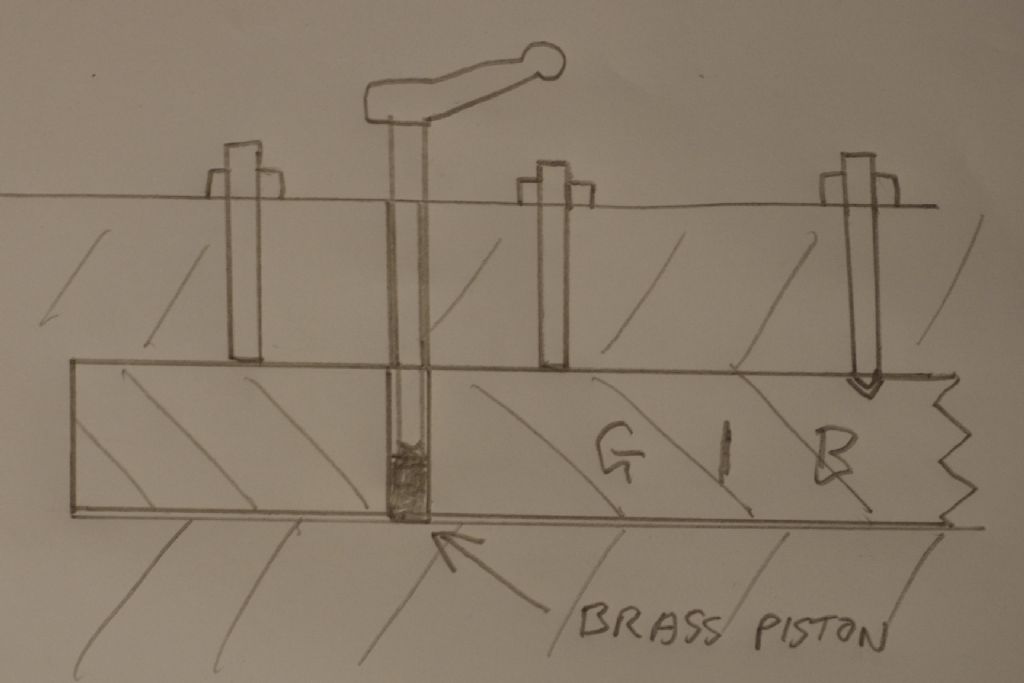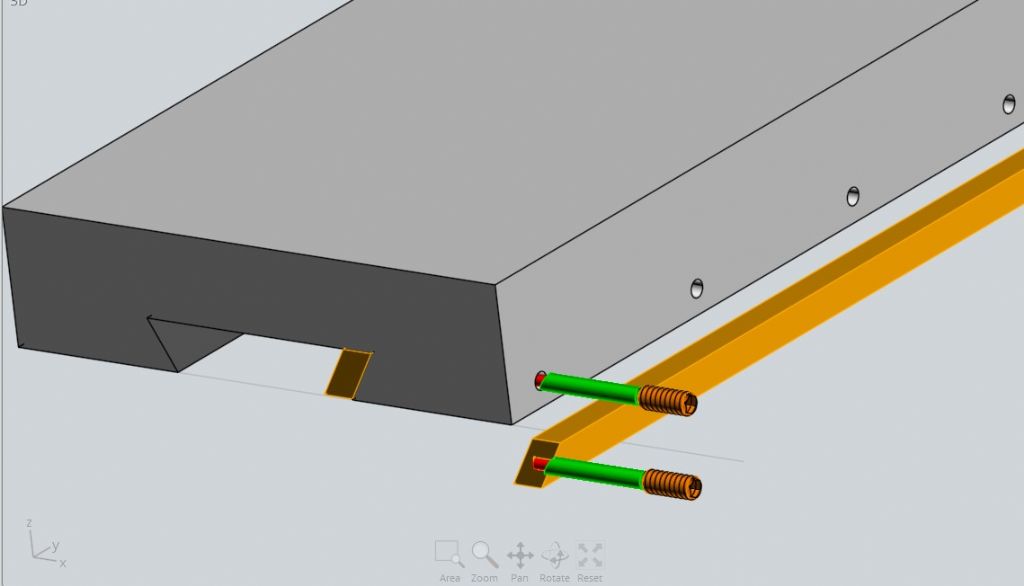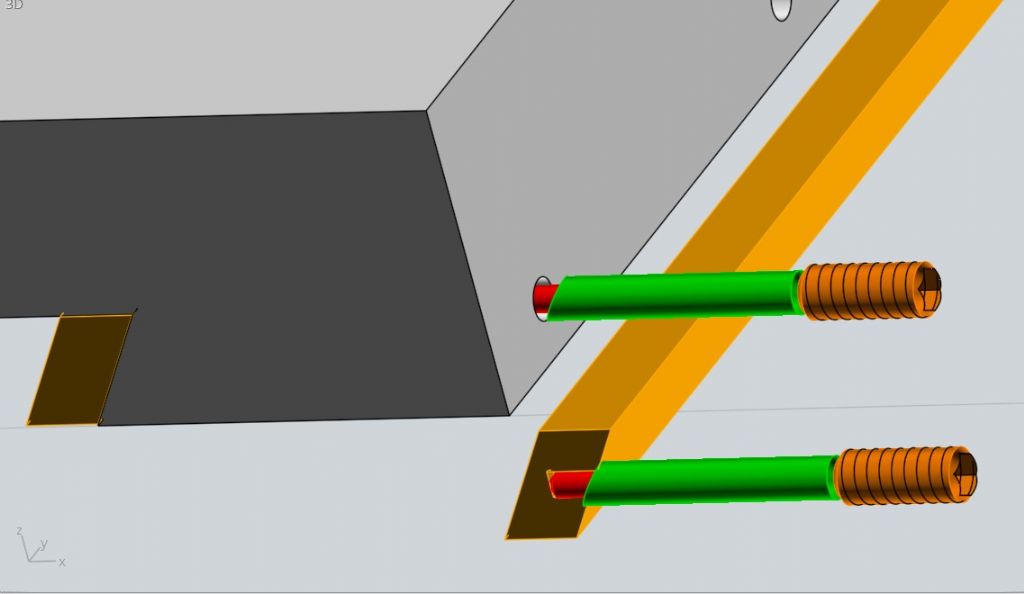I'm surprised that Hopper found dowelling the gib strips, GHT style, made no difference to performance as I've always found it effective as part of "Clives patent older slide refurbish" programme. Its perhaps indicative that my Smart & Brown 1024, a lathe of the very highest constructional quality, uses conventional gibs with ball ended adjuster screws and twin location dowels on both cross and top slides rather than the taper gib more commonly found on high end lathes of similar vintage.
I think the adjustment sensitivity is due to minor wear on both gib screw points and gib recesses. Probably not helped by manufacturing tolerance variations in the relative positions of screw and gib recesses. As built there is a little clearance so the gib can find its natural position, effectively floating on the adjuster points. Because the gib is floating oil drag when the direction of travel is reversed causes it to shift sideways by a teensy amount at each reversal. A tendency exacerbated by any inexactitude in the relative positions of gib strip recesses and adjuster screw points. Over many years of operation the multiple reversals eventually wear both gib screw point and recess a little so, eventually, they only fit really well in that one position. Hence clean, accurate adjustment is rendered impossible over that last fraction of a thou. Basically the difference between smooth, shake free movement and tight is around half the thickness of an oil film. Not much.
I first became aware of this when sorting out a ShouthBend whose gib strips and gib recesses hand been badly mullered by ham fisted attempts to adjust it involving severe over tightening of the screws. The on the bench the gib could be seen wobbling around as the screws were turned.
My method involves making a new gib as thick as can be got into the gap. I carefully fettle the upper edge so its upper edge sits in intimate contact with the slide casting. Clamping the whole slide assembly together with the gib pushed tight up against the lower surface of the slide dovetail I use a sharp slocombe centre drill to make conical recesses for new adjusting screws using the existing tapped holes as a guide. This jig drilling approach ensures everything is lined up properly. The dowel hole gets drilled at the same time.
Like Hopper I use ball ended adjuster screws, I imagine the oldvelo cup point screw and ball is equally effective on a doweled slide where side to side float is impossible. Maybe the two components could theoretically create a smidgin of clearance for float as compared to the one piece screw but whether that is of any consequence I know not.
Done with care the ball in cup recess system makes it much impossible to lock a lubricated slide without going well into the scary torque range of adjusting screw tightness. Ball ended screws in conical recesses tend to push the gib up into its recess against the underside of the slide so everything is much more rigid. I imagine the extra contact area of ball in cone and careful fitting is why Hopper didn't need the dowel.
The standard floating way works well enough until things wear and is much cheaper to make. Smart & Brown could afford individual fitting, Myford couldn't.
I always adjust things with the screw removed. Pushing back and forth by hand gives a much better feel for setting and helps spread the oil. Several sweeps between adjustments are desirable to let things settle. 5 to 10 usually. As is re-oiling. Which makes for a messy job. Well worth taking the time to get it just so right from the start as, properly set, the slides will go a long time before re-adjustment is needed.
Clive
Dr_GMJN.









